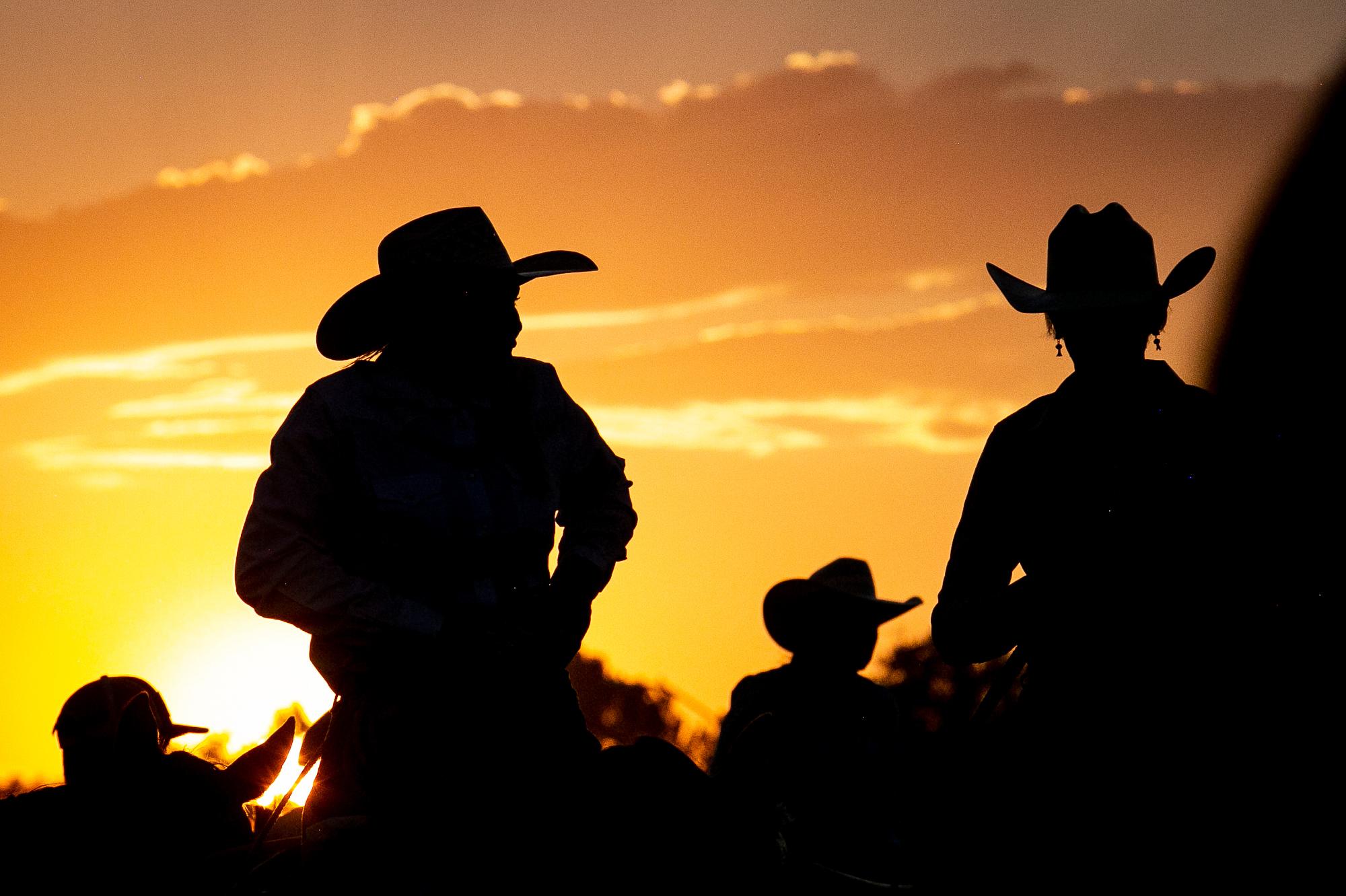
Just getting to Jamestown is a chore. What’s normally a 25-minute drive from Boulder now takes more than an hour, along a mostly bumpy, gravel road.
Driving into town, you see homes that were crumpled by the storm. So much sand and dirt fills one backyard that only the top of a picnic table is visible. A few vehicles are still buried nearby, and several roads remain washed out.
"It’s hard to really understand what's destroyed unless you know what was here before," Jamestown Mayor Tara Schoedinger said. "Looking out from here across the street from the Town Hall, it looks like a pile of rubble. What you don’t see is the road up above it that used to go up the side of the hillside there that’s collapsed. What you don’t see is the bridge that’s completely compacted with debris. What you don’t see is the beautiful town square that used to be there. So it’s hard to imagine what was there before to really assess the damage."
She’s not sure if experts who have come to town have accurately estimated the cost of rebuilding. She’s heard the price tag could reach $25-30 million. The town needs to replace the fire hall, both bridges, half the roads and the water treatment plant. It also must fix the Big and Little Jim Creeks that converge in the heart of town. They were the source of the flooding, and now Jamestown needs to put them back in their channels.
It’s a lot of work and a huge tab for a town of 275 people. The community is hoping for government aid, as well as private donations through its Rebuild Jamestown website.
Mayor Schoedinger’s home was spared, but she thinks even those who lost everything will rebuild.
"We will do this," she said. "It’s overwhelming but we will make it happen."
Big challenges remain.
Authorities are limiting access to town for safety reasons. Most residents are living elsewhere.
There’s no drinking water and only spotty phone and Internet service. Not all power has been restored.
The one business in town, a cafe, was owned by the community patriarch, who was killed during the storm. It remains closed. The only food and supplies available in town are at a disaster center in the Town Hall.
Down the road from the Town Hall, Wendy Stokes is taking a laundry basket full of items away from her destroyed house. It’s her first time back since evacuating. She gets emotional recalling her home and the creek that meandered through her backyard.
"It was paradise to me," she said, "but it made me realize so much about this community, 'cause I’m imagining, where else would I live? And this is where my heart is."
Stokes and her husband, Tim, have flood insurance and hope to rebuild, but that process is on hold, along with other rebuilding plans. A moratorium on building permits is in place in Jamestown, while the town creates a master plan.
Mayor Schoedinger says that plan will outline where the creek will flow and where new roads, bridges and city facilities will go.
"My hope is that we can get a master plan done as quickly as possible, so that people can start thinking about how they move back here and rebuild their lives here," she said. "I think the longer we wait to do that, the more we risk that not happening and people starting to figure out how they lay down roots elsewhere."
Sandra Levitt is ready to move on. The road to her home hasn’t been repaired yet. She lost her back porch, and the first floor of her home was flooded. "Would you like to buy a house with an ocean view?" she asks.
Levitt actually listed her home for sale a few weeks before the storm. She’s lived in Jamestown for fourteen years. "I'm hoping there’ll be some end, some resolution," she said. "If they build a road where I live, I’ll take all my stuff out, put it in storage, and think about where to live."
Still, Levitt thinks most Jamestown residents will return.
Lynnie Middledorf agrees. Her house is in relatively good shape, although the yard was damaged. "If there's a community that will rebuild, it will be Jamestown," she said. "People want to come back. They love their community and their neighbors, and I think our biggest fear right now is just being separated from each other."
A sign in front of the church next to Town Hall reminds people that "It is always darkest just before the dawn." With winter looming and so much work to do, morning might not arrive until spring, at the earliest.





























